Who Are You Promoting with Digital Sharecropping?
Digital sharecropping is what happens when you create content on someone else’s property. You do the work. You create the content. They keep all of the benefits.
Is Your Place On The Internet Really Yours?
They make it easy for you. Click here to sign up. Just give us your name and your email address. Next thing you know, you have your very own place on the Internet. You can scream, yell, rant, play, show off your work, join conversations and constantly check your phone to keep up with all of the other folks doing the same thing. It’s enticing. It’s easy.
It’s delusional if you’re trying to run a business, build a brand, or otherwise engage an audience.
When it’s all said and done, you’re creating content on someone else’s digital land. You’re a digital sharecropper. You haven’t earned any traffic. You don’t have any other way of engaging your audience. Worse, it’s easy for your audience to leave because there are so many distractions on your landlord’s site.
What happens when your digital landlord changes the rules or even ceases to be the place that draws a crowd? If you don’t think it can happen, let me remind you of a few names in the digital sharecropping industry:
Digital Sharecropping Is Dangerous To Your Business
Google+ announced a change to its terms of service. Facebook does this on a regular basis. The same pattern follows. A subset of people gets upset. Another subset of fanboys embraces the change, saying it’s the future. Some folks are apathetic because they know they’re still going to use the social media platform anyway. That’s the group the digital landlords want to grow. Apathy is the new normal.
Facebook and Your Photos
Facebook started a firestorm with photographers in 2014 by claiming that it had the right to resell any images uploaded to its service.
Could a photographer win a lawsuit against Facebook for re-selling his photos? We may never know until it’s put to the test, but the simple truth is that making a change now to remove your photo is too little, too late. The previous user agreement granted a perpetual license for Facebook to use, including to sell for commercial advertising. That’s been in place since at least 2008.
It isn’t in Facebook’s interest to alienate its user base. Photography is an enormous part of social media these days. If you see a television commercial for a social media platform these days, it’s very likely to feature several photos uploaded by its users. I don’t think that hurts photographers.
If Facebook starts selling uploaded images for other advertisements without giving the photographer any compensation, that clearly hurts the photographer who now earns nothing for his or her effort.
By the way, Facebook owns Instagram and claims that it owns the rights to all photos on that service. What’s the rationale for selling the photos that users submitted to the service?
‘Our services are free to users but they don’t cost us nothing. We have to pay for it and the way we pay for that is advertising and that involves innovative use of the data people provide to us.’
Google+ Says “Me, Too!”
The New York Times broke the news of the latest change to the Terms of Service for Google+.
Google on Friday announced that it would soon be able to show users’ names, photos, ratings and comments in ads across the Web, endorsing marketers’ products. Facebook already runs similar endorsement ads. But on Thursday it, too, took a step to show personal information more broadly by changing its search settings to make it harder for users to hide from other people trying to find them on the social network.
Now Google+ no longer exists, but what happened to those photos after Google decided to change its terms of service?
The result is that Google may use your identity as part of advertisements. As I’ve heard it explained, the notion is that you are making an endorsement when you click the +1 button on a post.
My thought is that this is even more dangerous to users than selling their photos. Google+ is potentially compromising your reputation.
There are many reasons that I may hit the +1 button on an item, but that doesn’t mean I want to provide an endorsement to persuade others to make a purchase. What’s good for me may not be good for you, so I like to give a bit more thought before I make an endorsement.
Another concern of mine is that the things I like may not apply to everyone in my audience. The folks who like my photos of Walt Disney World may not be as happy to see an endorsement for one of the scantily clad models that now show up in their browser because I hit +1 on a photo.
Did you know that Picassa Web – Google’s old photo service before it switched to Google Photos – allowed people to buy prints of any photo you upload without giving you any notice or commission on the sale? You could turn it off, but the default state is set to permit these sales.
Here is an example showing a great photo by Rafal Makiela – one of the featured images on Picassa Web.
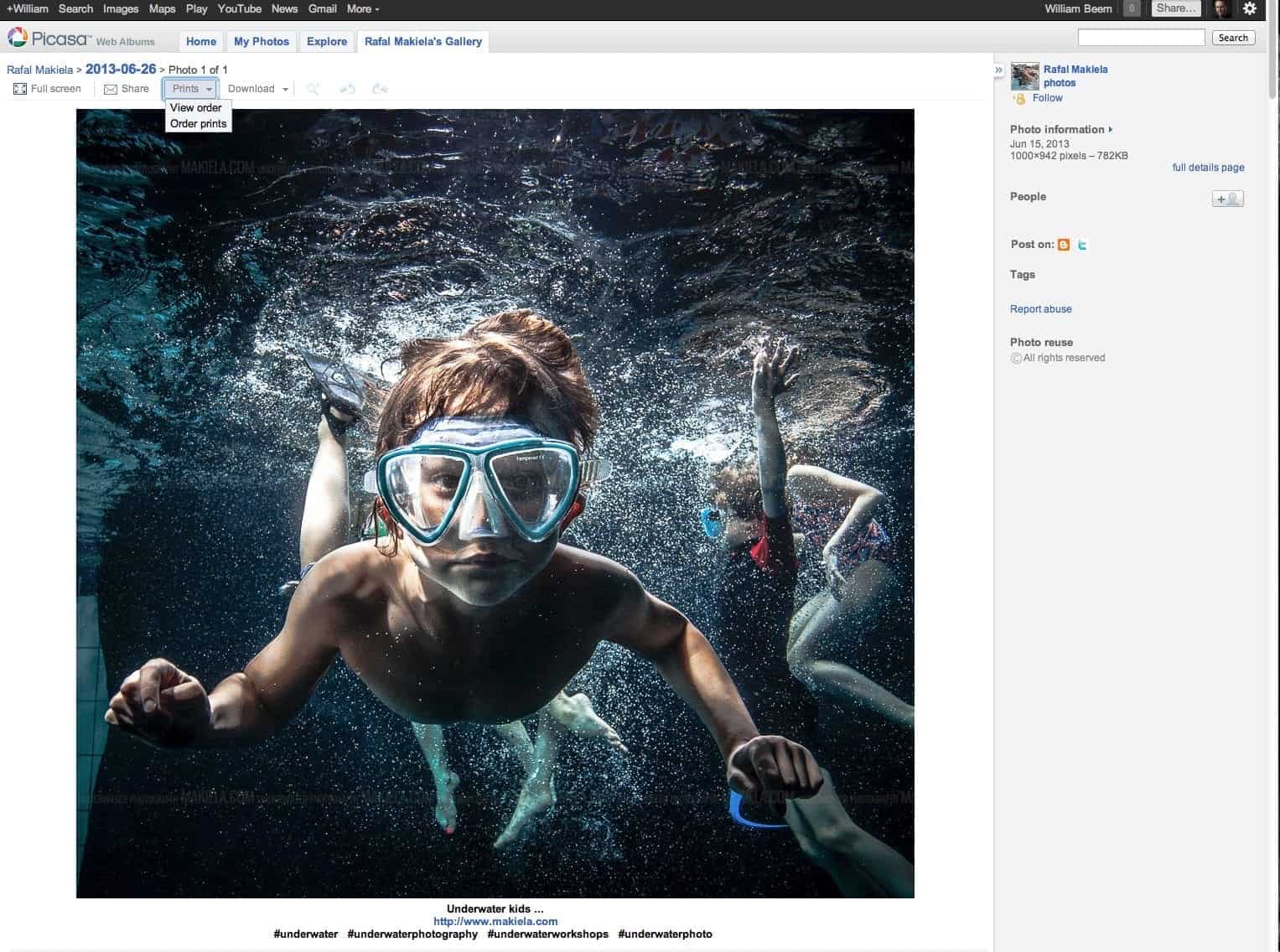
It’s a beautiful image that was showcased on the front page of PicassaWeb.com.
Despite the fact that his image is set to All Rights Reserved, Walgreens could sell prints of this image to anyone who places an order with no compensation going to Rafal. Are you starting to see who benefits from digital sharecropping? It’s not the person who creates the content.
Should You Avoid Social Media?
Of course not. Your peers and your audience are also participating in social media. Otherwise, you wouldn’t be there. Social media sites can be valuable tools for developing your audience, but the trick is to always bring them home.
When I talk about bringing them home, I’m not referring to services like SmugMug, SquareSpace, or Blogspot. Those sites still aren’t your sites. You have little or no ability to control their operation. Just like Facebook or Google+, they can change their terms of service on a whim.
Also, you aren’t building your reputation in search engines while using these services. Here’s a test. Go to images.google.com or any other image search engine you like. Type in a search, such as “San Francisco.” Look at the sources for the top results. Are any of them from Facebook, Flickr, or even Google+?
When I tried this on Google’s Image Search, guess how many of the top results were from social media sites? None. Not a single one. I scrolled for a few pages, but I didn’t find any of the top images from social media sources – not even Google’s own Google+.
If your audience is limited to participants on a particular social media platform, they can search for a subject, and maybe your image will appear. Do you know how to optimize your image for the search results on Facebook, Flickr, Instagram, LinkedIn, or Google+?
Each one of them is different, and each one is only a subset of your potential audience. Even worse, your entire audience on that site doesn’t see every post you make unless they specifically make the effort to visit your profile. Facebook doesn’t show everything you share to all of your audience. It may be 1-10% who get to see what you share.
Avoid Digital Sharecropping. Get A Web Site.
It doesn’t matter if you’re in photography for business or personal reasons. The simple truth is that you’re better off using social sites to bring visitors back to your home base.
You need to build a website to call your home on the Internet.
Social media has its place. I have a great time interacting with friends and fans on Facebook, Google+, and Twitter. Those places are like the digital watering hole. Sooner or later, though, you need to have a place to call your own. It’s the American Dream.

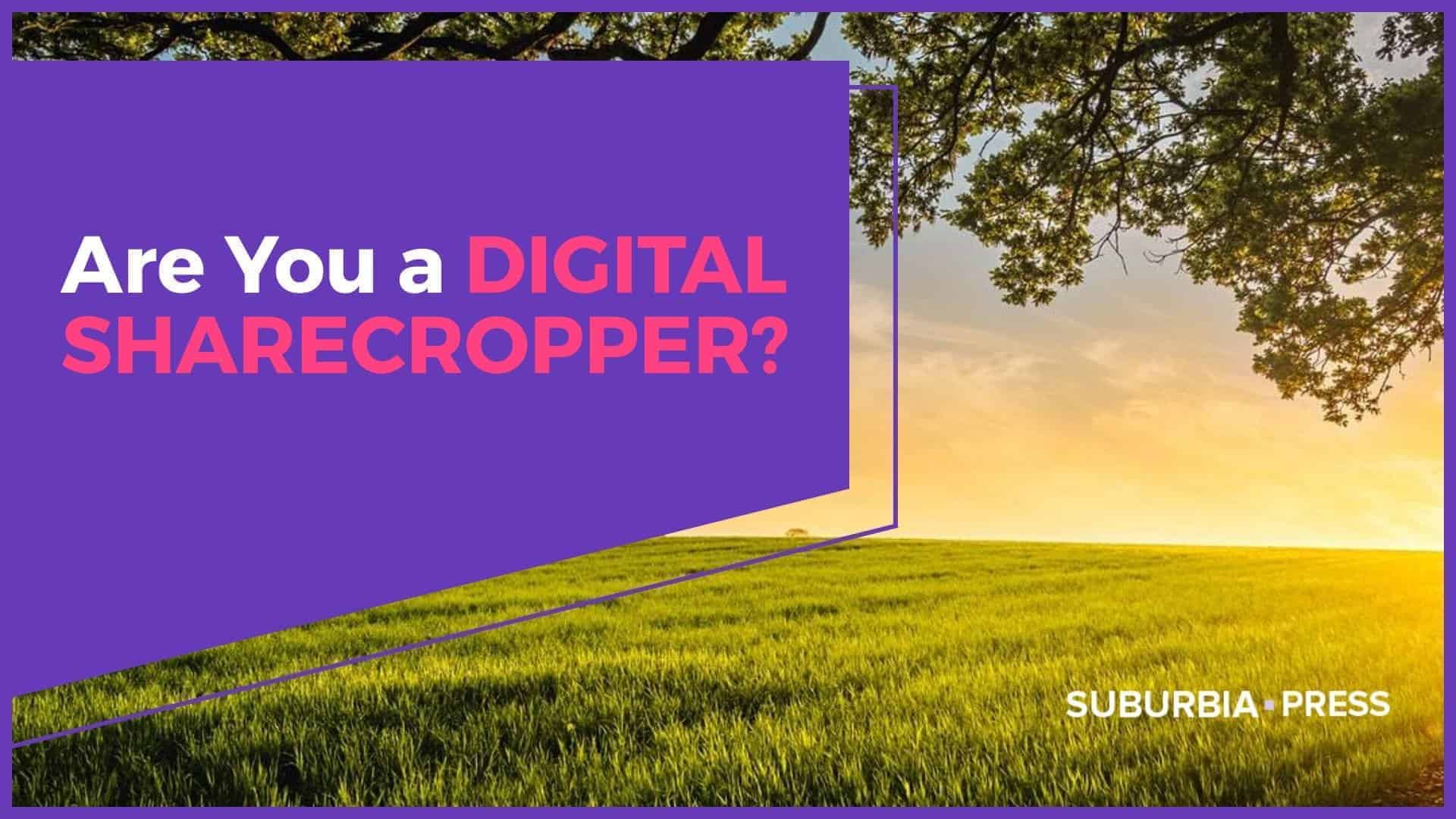
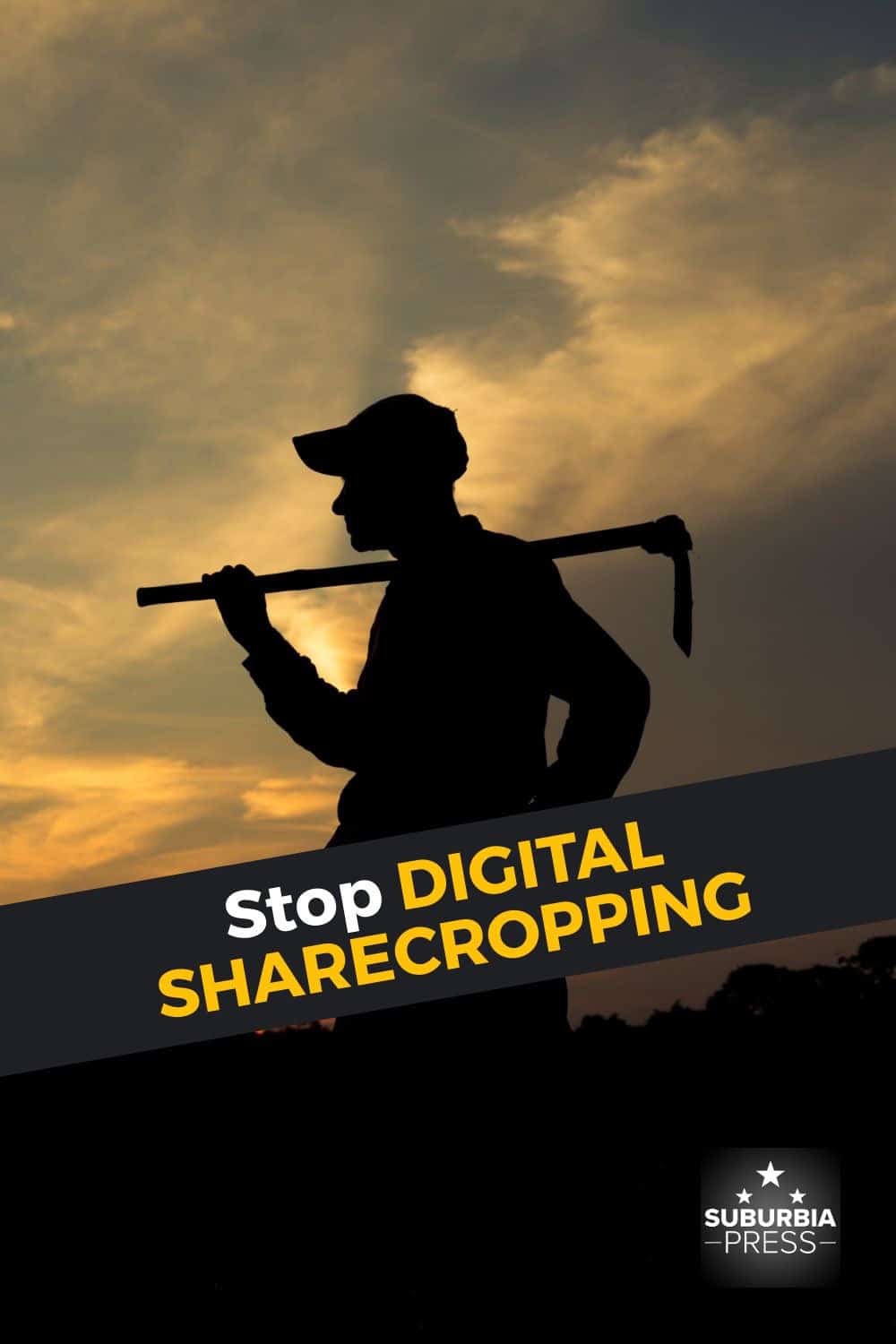

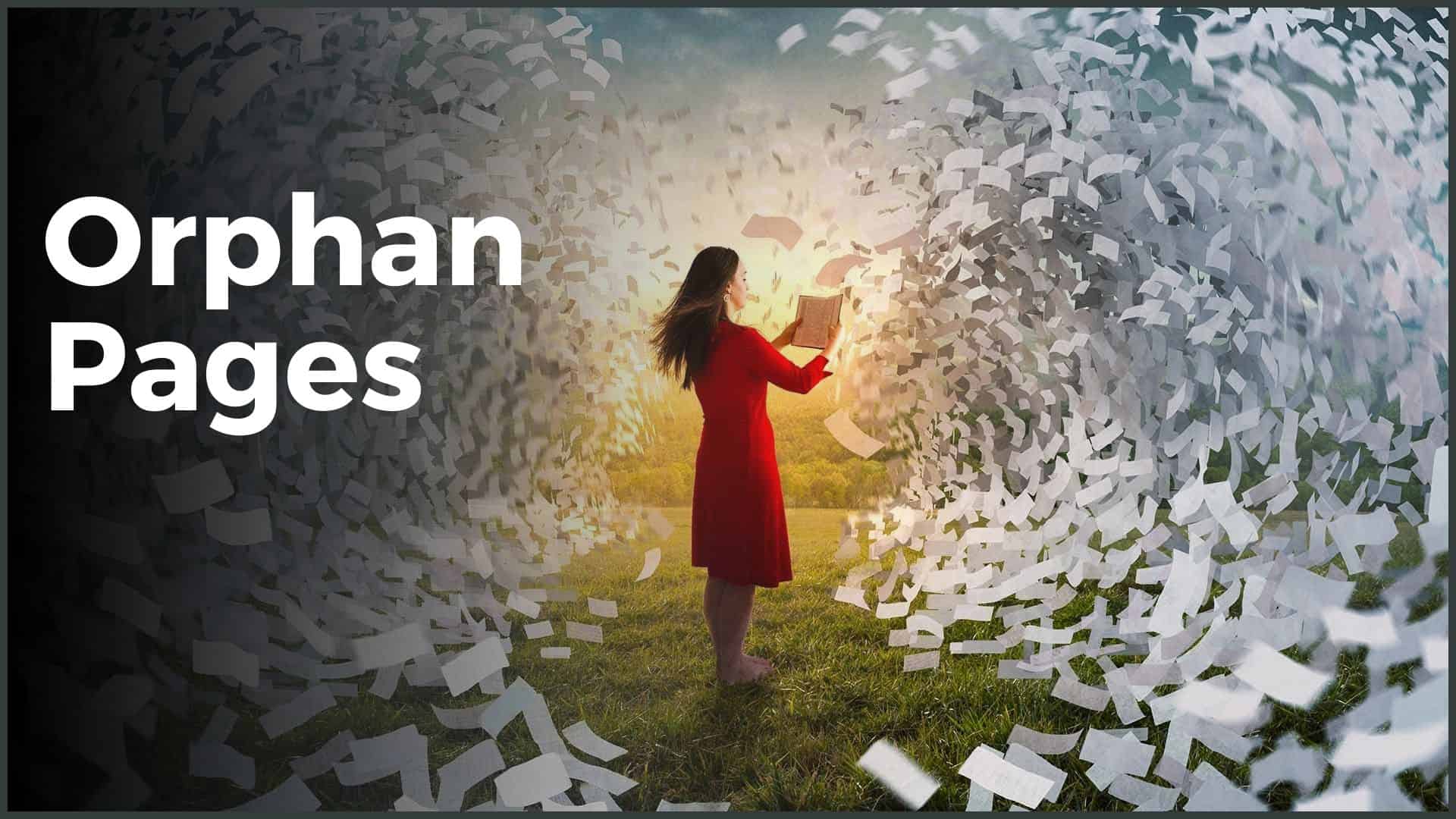
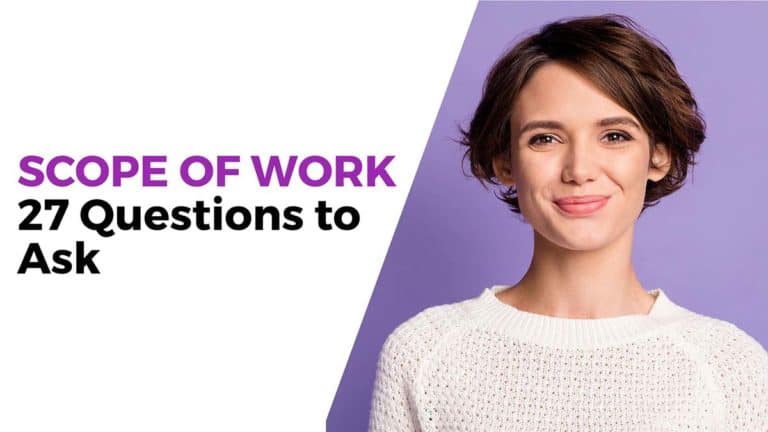
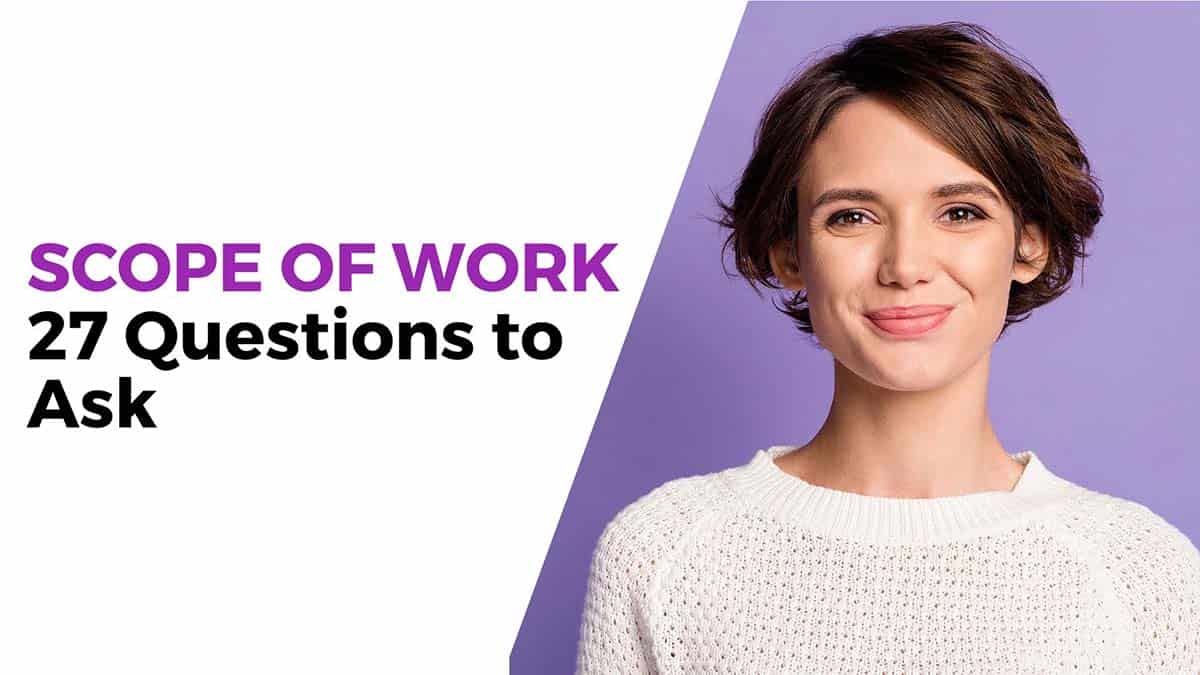


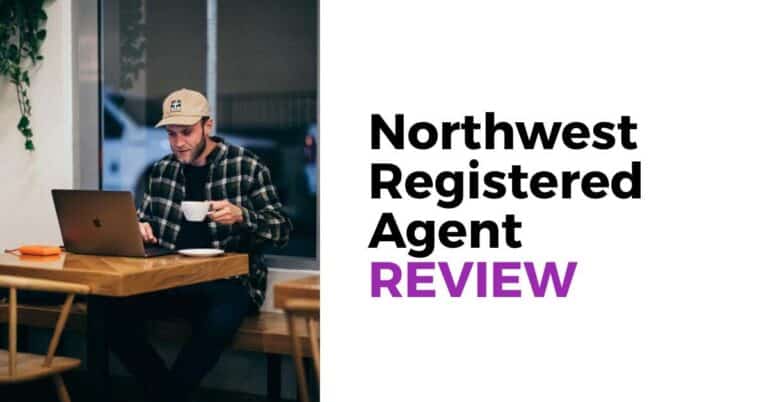

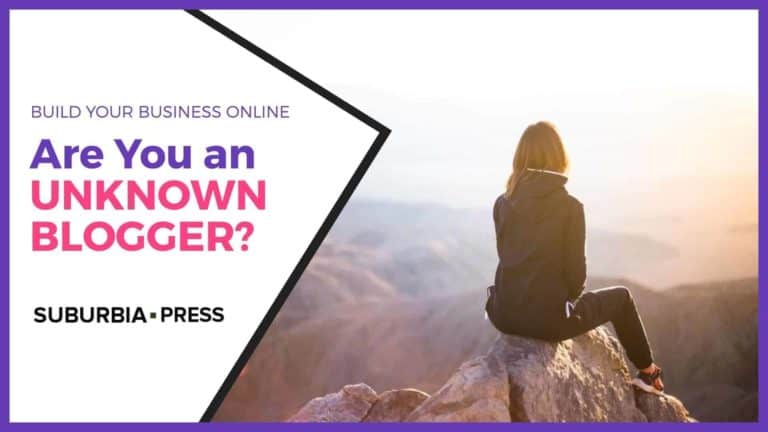

![Find the BEST WordPress Membership Plugin [10 Essential Criteria]](https://suburbiapress.com/wp-content/uploads/2021/10/evaluate-a-wordpress-membership-plugin-768x413.jpg)
